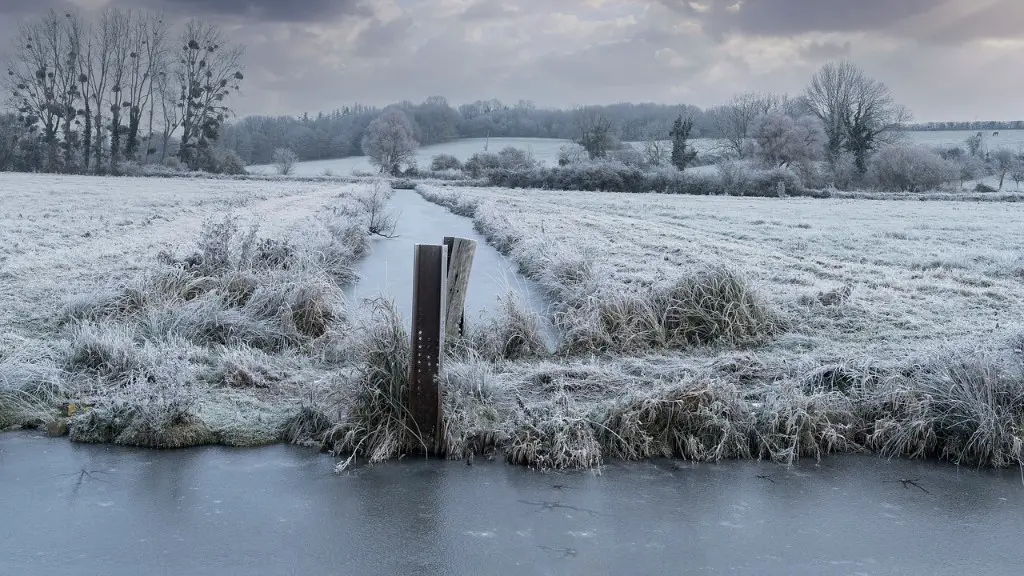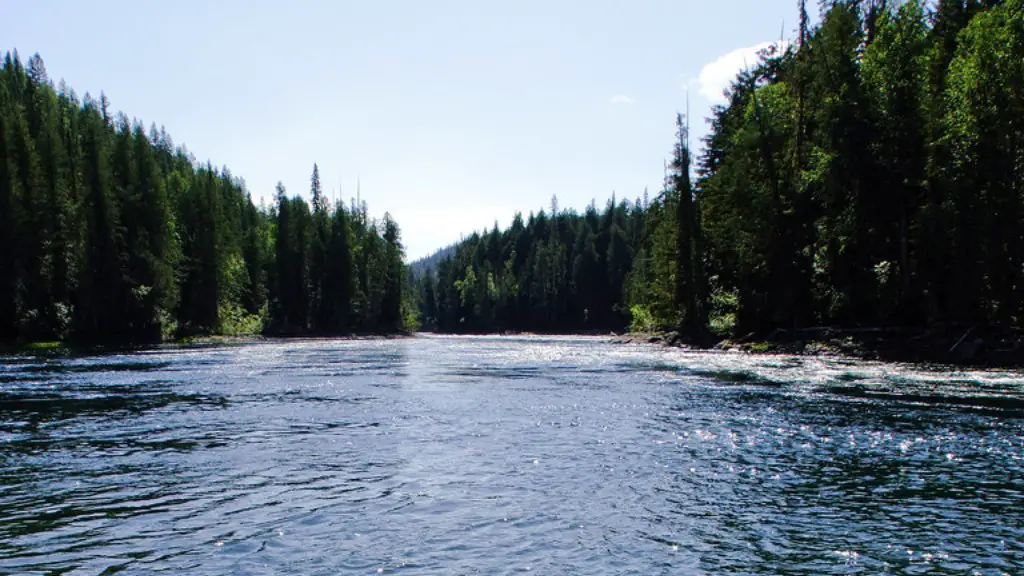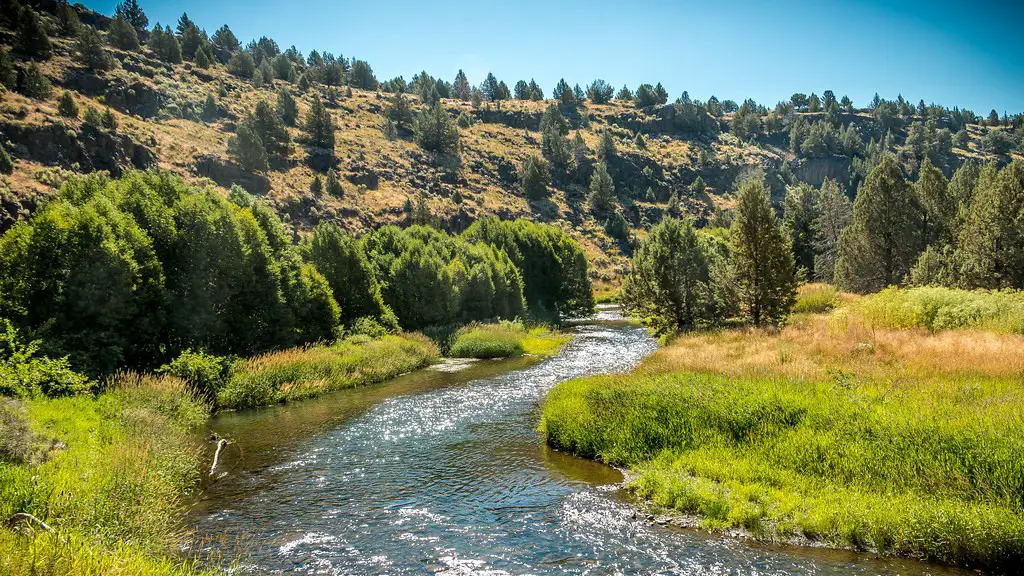Low water levels of the Mississippi River have been a prominent issue in recent years and may have a major effect on the river’s deeper water shipping capabilities and other associated eco-systems. The Mississippi River starts as a mere stream in the northern region of Minnesota. In this state, the river merges into Lake Itasca, the source of its vast 2,320 mile path down the heart of North America’s east-central region. Along the way, the river traverses two large states, namely Illinois and Mississippi, before reaching its destination in the Gulf of Mexico. Over this course, the mighty Mississippi feeds 30 of the continent’s states and two major Canadian provinces.
Historically, this major river has had its lows. However, the current situation involving the Mississippi River is a bit more than unusual. Over the past decade, states and towns in an area stretching from Minnesota to Kentucky have experienced an ever-lowering water table that now leaves more than 500 miles of the river almost at zero level. This is a precarious situation that brings with it a host of issues, both environmental and economic, affecting the water supply, the shipping industry, and the entire ecological system that relies on the river.
According to experts from the National Oceanic and Atmospheric Administration (NOAA), the recent low water levels of the Mississippi River can be attributed to climate change and its repercussions on the river’s hydrological characteristics. More recently, drought conditions in the major portion of the Midwest have left the water supply severely diminished and more susceptible to prolonged drops. This, in turn, has had a notably impact on the navigation of larger vessels due to the decrease in the river’s depth.
The Shipping Industry has been the own most affected by the low water levels of the Mississippi River. Shipping is an integral part of the region’s economy, as the river is mainly used by this industry to transport important goods, along with coal and other minerals. This lack of water is a major issue for the many barges and shipping operators that depend on the river for their business. Consequently, many have had to reduce their economic activities and have needed to turn to alternative transportation methods for north/southbound shipments on the Mississippi.
The present low water levels can have dire consequences on certain wildlife species that live their lives along the river. Reportedly, freshwater mussels, sturgeon, and other aquatic animals have suffered greatly due to the reduced water table and caused direct reduction in the quantity of their populations. Moreover, around 500 panfish species inhabit the Mississippi itself and its many related tributaries. These species, that were once rather plentiful, have experienced a significant drop in numbers and standing at the brink of extinction.
The Ecology of the Mississippi River has seen its share of disturbance, with some species being severely affected by the lower water levels. Unfortunately, the region suffers from water rights disputes and unsuitable flood management policies, making the river somewhat vulnerable to the incessant human activity that contributes in no small part to its currentstatus. As a result, when the water levels diminish further, the whole eco-system is put in a precarious position.
Solutions for Low Water Levels on The Mississippi River
In order to combat the current low water levels on the Mississippi River, an urgent plan needs to be formulated in order to prevent further damage and perhaps even restore the river to its former glory. There has been talk of engineering solutions, like building new dams capable of raising the level of the river, as well as more efficient use of the water resources on the part of the local farmers, who actually account for 84% of the river’s total waters used. These changes can prove to be beneficial, both for the ecology and for the economic part of the issue, as long as all of the involved parties comply with the regulations proposed by the authorities.
Economic Effects of Lower Levels of Mississippi River
The reduced water table of the Mississippi River can also have potential effects in the economic realm, with the Ohio River experiencing similar repercussions. Closures of some shipping routes have already driven up the cost of transporting goods on the river, directly affecting companies that depend on river shipping and the many ports, terminals and facilitators that operate in the region. An increase on domestic shipping costs can lead to a pricier market in terms of imported goods, given the fact that a rather large portion of international cargo travels through the Mississippi and Ohio rivers.
Moreover, the tourism sector of the region is hurt as well, given the fact that many pleasure cruises, sailing trips and recreational activities are unable to take place on water drooping as low as it is at this moment. In terms of small business, fishermen, fishermen guides, and rental companies have also suffered from the current situation on the Mississippi River.
Protection of Mississippi River
Adequate protection of the Mississippi River from further degradation is essential in order to preserve it for the coming generations. Protective regulations have been imposed on the part of those who live and work on the water, such as environmental and navigational restrictions. Moreover, more efficient and environmentally aware flooding policies aiming to maximize beneficial water retention can be formulated in order to tackle the low water levels permanently. Combined with effective enforcement, such policies can help restore the river to its former status and improve the eco-system of the entire area.
However, the main factor needs to be addressed, and that is the human interference with the river’s waters. In order to successfully manage the water level of the Mississippi River and its eco-system, more prudent water use is necessary. This means that those persons and entities responsible for the river’s water usage must be conscious of depleting supplies and use the water only in a reasonable manner, something that can be accomplished through a strict on-site policy.
Recreational Activities Along Mississippi River
The dismal situation of the Mississippi River is not all grim, though, as many recreational activities can still take place along the river’s banks. Fishing, hiking, camping and kayaking are popular activities for the outdoor enthusiasts, provided that one does not venture too deep into the river. Swimming is an activity that is prudent to avoid for the time being, given that the aquatic conditions are not ideal right now.
Furthermore, this is an ideal moment for birdwatchers and other wildlife enthusiasts, as the reduced river levels can draw in birds and other animals to the area, with populations like the Louisiana Waterthrush, N. barri, appearing with greater regularity than usual. Birdwatching is a popular activity all throughout the region, with birders often taking to their boats in order to observe the more elusive species of the area.
Impact of Lower Levels of Mississippi River
In conclusion, the low levels of the Mississippi River have had a significant environmental and economic impact in the area. It is highly likely that the reliance of settlers in the region on the river as a water source has played an important role in this destructive event, showing just how risky human interference can be when it connects with natural resources. There is hope, however, that with the steps taken by the organizations and the environmental policies applied to the area, the current situation can be effectively managed and the river can be restored to its former state of prosperity.



